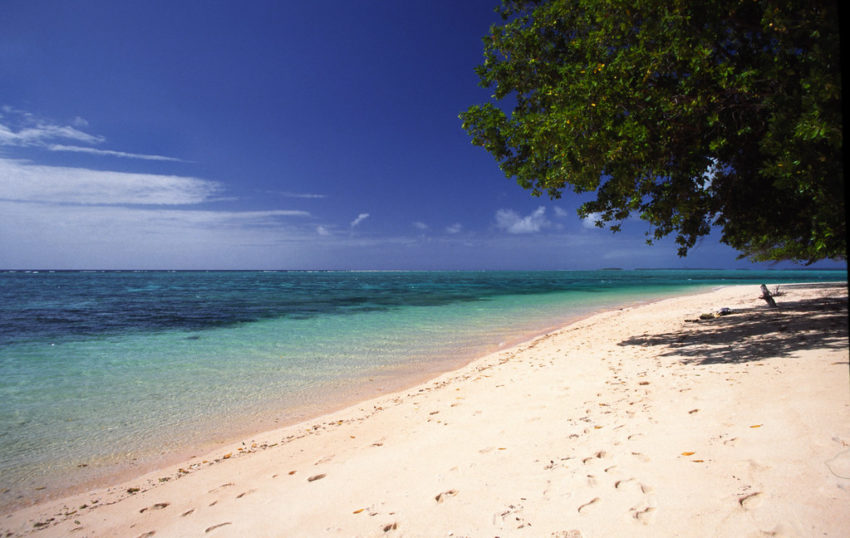
Standing in the Western Pacific, about halfway between Hawaii and Australia, in what seems like the middle of nowhere, a group of tiny islands dot the maps; the tops of what used to be volcanoes, now submerged under the sea, are now called the Marshall Islands. Coming here means relaxation, beaches with bright white sand, crystal-clear waters, and a warm breeze making large palm trees swing, the sound of the leaves lulling you to complete calmness.
The Pacific islands are divided into three main groups: Polynesia, Melanesia and Micronesia, and the Marshall Islands archipelago is part of the latter group. It holds 29 ring-shaped coral reefs called atolls, in turn, divided into two sets of island chains running almost parallel to each other; the Ratak chain (sunrise) and the Ralik chain (sunset).
The Marshall Islands are almost unknown since not many tourists decide to go and explore the archipelago, be it because of how hard it is to reach the place, or maybe because of the scary, dark history that characterizes the atolls. However, if you like natural beauty intertwined with a history, then visiting the Marshall Islands might be the best opportunity of your life.
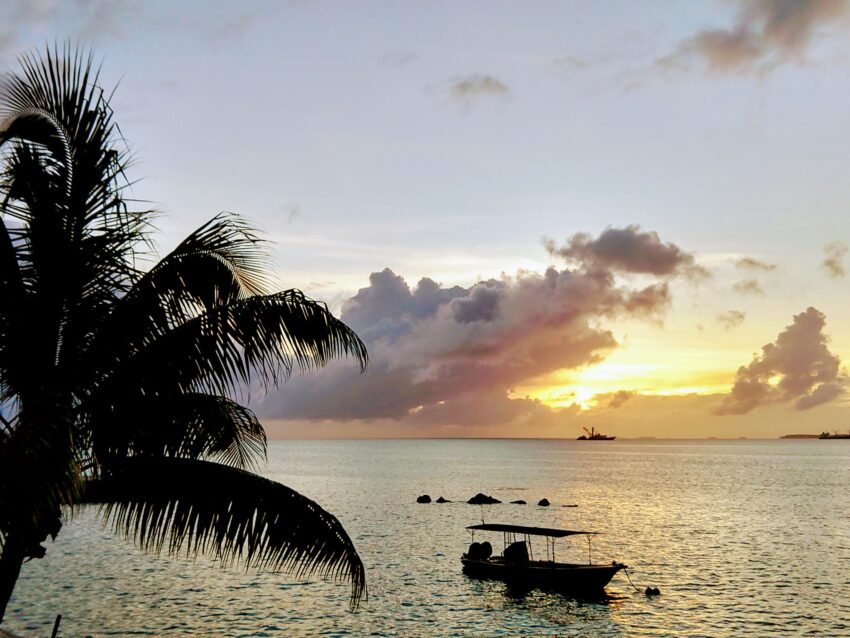
A little peek at the history
The Marshall Islands have not always been a paradisiacal spot; there is a dark past deeply embedded in its history. Throughout World War II, the archipelago was a known base for the Japan forces, and the Allies, seeking surrender from the Japanese, started bombing the nearby islands on November 1942, all through February 1944; this adds up 75 straight days of bombings. Then, the War ended and the Marshall Islands were now under United States control, but they were yet to find their peace.
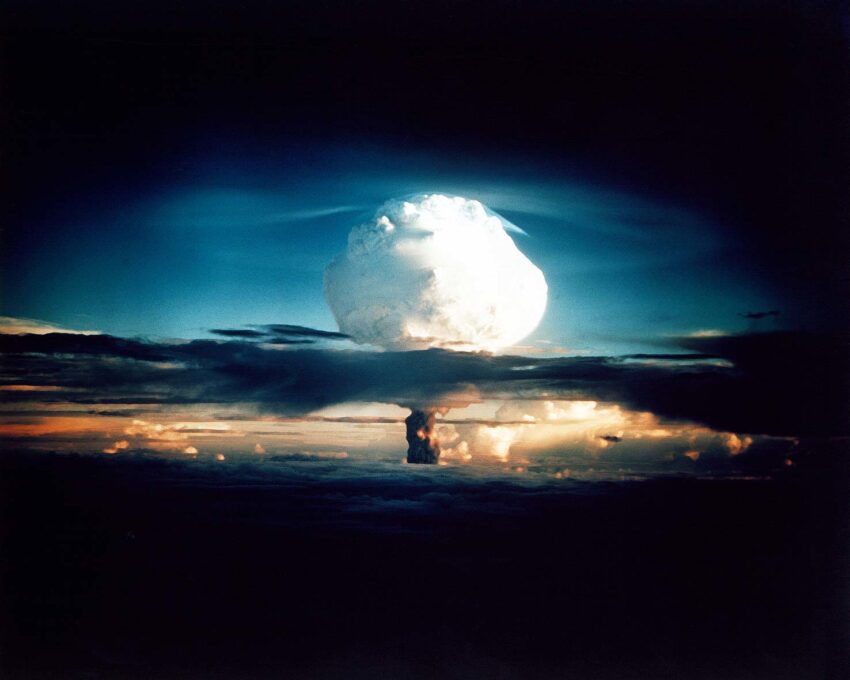
Between 1946 and 1962, various places within the archipelago and other nearby islands in the Pacific were known as the Pacific Proving Grounds, places where 105 nuclear tests were conducted.
Dive in Bikini Atoll’s lagoon
No matter where you look up the name “Marshall Islands”, there is another name that will surely show up along with it: Bikini Atoll. This little coral reef stands to the northwest of the archipelago, and it’s one of the best places in the world for wreck diving. Bikini Atoll was one of the islands that were most affected by the bomb testings, a stunning, pristine region radioactively contaminated, but today, as you fly over it, you can see how life resurrected after over 70 years; plants have regrown and are now dotting the ring with green spots, and the coral reefs are now as beautiful as they were before the war.
Remains of houses and towns remind you that there once was human life in this atoll, and give you the illusion that there is still civilization in the area, a civilization that now lives in the Ebeye Island.
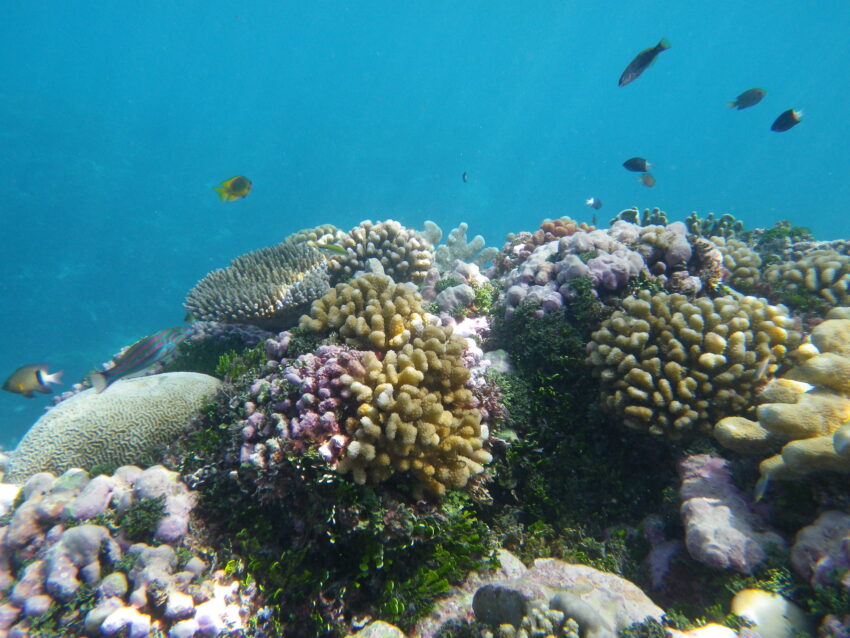
The radiation levels of the clear waters of the lagoon have fallen to safe levels, and you can dive in around 100 feet down to the ship graveyard underneath. Swimming around the crystal blue waters, beautiful corals and colorful fish contrasting with the gigantic WWII ships, planes, helicopters and sunken vessels, is an experience every diver in the world has to tick off their list. Some of the ships still have guns and other military weapons preserved to this day. Be careful, since there have been reports of unexploded mines.
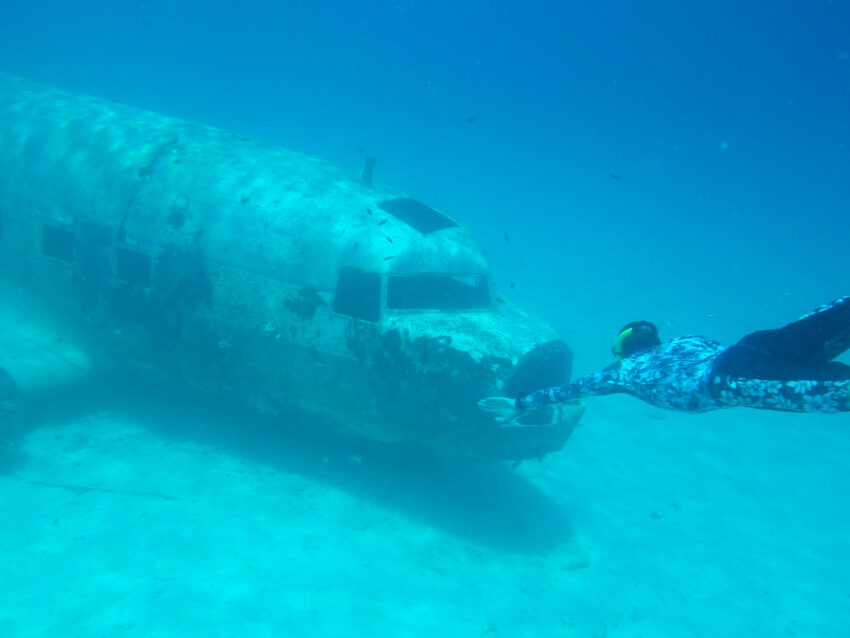
Another interesting fact about Bikini Atoll is that it’s known for being the birthplace of Godzilla. The story of the huge, radioactive dinosaur-like monster rising from a United States nuclear test site and attacking Japan, was inspired by the 23 crewmembers of a Japanese fishing boat that were contaminated on the first test of a hydrogen bomb on Bikini Atoll.
Eneko Island
More underwater adventures await you if you take a 30-minute boat trip from Majuro, the Marshall Islands capital, to the pristine Eneko Island. The island has newly built bungalows for you to stay and relax, and wherever you look, the bright, turquoise hue of the calm waters will greet you, and combined with the warm breeze you will feel as if you just stepped into heaven.
Eneko Island really is for everyone and it suits all tastes: for those who like history, you can dive in the clear waters and admire just a few more World War II relics that sank to the bottom of the island; for snorkeling fans, this underwater paradise is full of colorful fish and corals, sights that you will never forget; if you want a bit more action, rent a kayak and sail the blue waters; and last but not least, Eneko Island is the ideal spot for isolation and serenity.
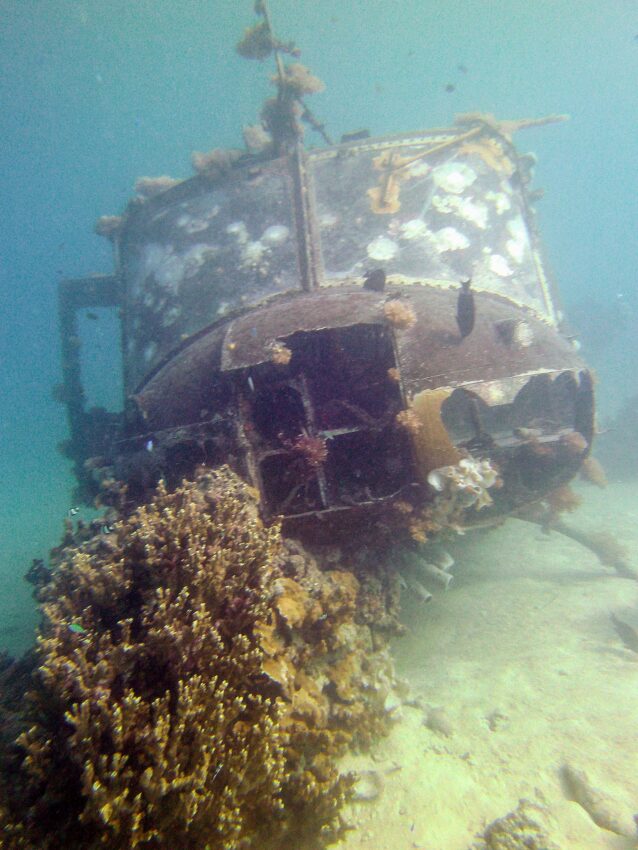
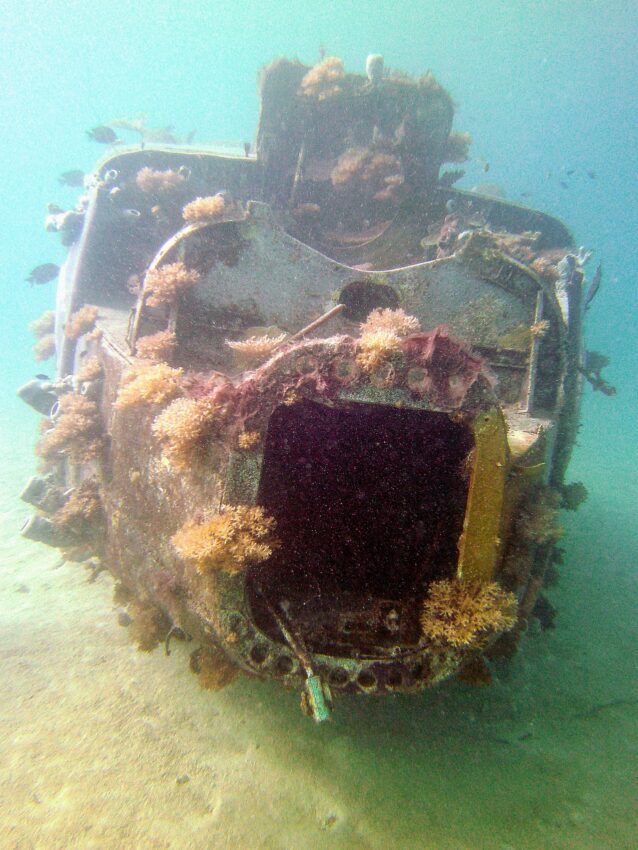
The Incredible Cactus Dome
In the late ’70s, and after the nuclear testings ended, the government dug up 111,0003 yards of soil from both the Bikini and Rongelap atolls, attempting to clean the radioactive, toxic rubble left behind by the many explosions the islands suffered. All of these remains that were excavated, were then taken to the Runit Island, and buried in a 350-foot wide crater, the result of another nuclear test known as Cactus that dug this crater in the island around twenty years earlier.
However, this nuclear debris grave couldn’t just stay wide open, so the government decided to put a ‘lid’ on it. This lid is a 100,000-square-foot dome, and about one foot and a half thick. Covering this radioactive abyss cost the government almost 250 million dollars, and its construction lasted for three whole years. This gigantic dome is littered with warning signs, but don’t be scared, it is completely safe to land on the Runit Island and even walk over the 358 concrete panels that make it up.
The Marshall Islands may be small spots on your maps, but they are full of wonders and things that you can enjoy. From delicious and strange foods like the Hala Fruit, to the cathedrals that litter the capital of Majuro, these once damaged atolls prove once again that nature is stronger, and that the world will not give up its beauty. Head out into a unique adventure, help their culture live on, and go home with an experience that you will never forget.
When to go
The temperatures in the Marshall Islands don’t vary too much, and the chance of rain stays almost the same throughout the whole year. The warmest months are June, May, and September, and temperatures drop on March and November. There aren’t really “dry months”, but around January and February, the chances of precipitations are lower.
When it comes to crowds and prices, the busiest month for tourism in the Marshall Islands in November due to the good weather, followed by June and March. Because of this peak on tourism, prices for hotels and flights will be most expensive during these months, but you can save some money if you purchase well in advance. It’s unusual for tourists to visit the Marshall Islands in December, although the weather is perfect. Those willing to visit at these times will surely find the least expensive month.
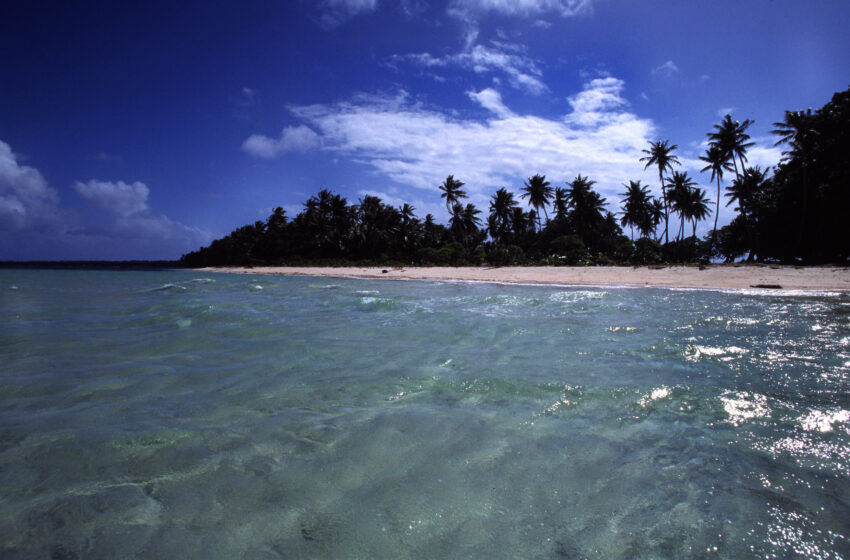
Be safe!
As the Marshall Islands are in the tropics, rainy days are not uncommon, so mosquito borne might ruin the journey for you. Make sure to have insect repellent and wear long sleeves. If you can, stay in a room with insect screens on the windows. Additionally, the sun can be pretty strong, so don’t forget to pack your sunscreen, your best sunglasses, and a hat.
How to get there
There are two main airlines that service the Marshall Islands from abroad: United Airlines, operating between Asia and Honolulu with a connection to the Marshall Islands; and Our Airline, working between Australia and the Marshall Islands, and connected with Nauru and Kiribati. Amata Kabua International Airport is located on the south side of the capital of Marshall Islands, Majuro Atoll.
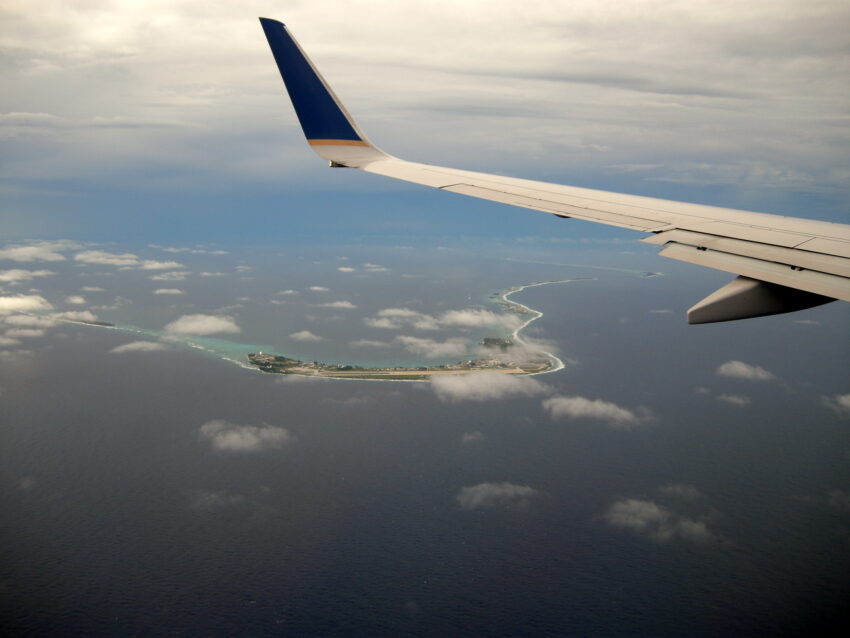
If you loved this article or found it useful, don’t forget to share it with your adventurous and travel-hacking friends! If you want more post like this, follow us on Youtube, Instagram, Pinterest, Twitter or Facebook and subscribe to our newsletter!

